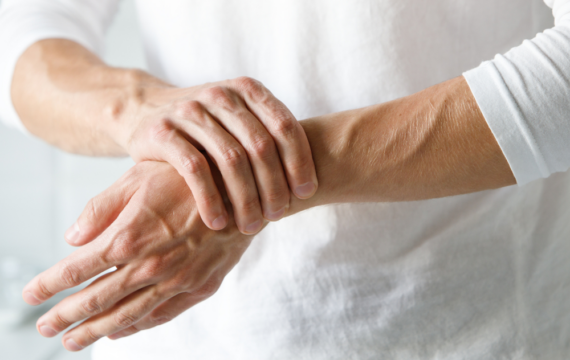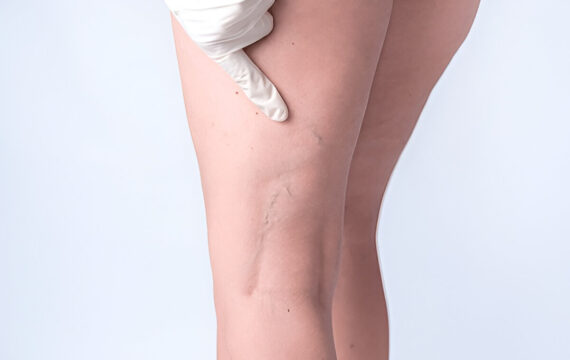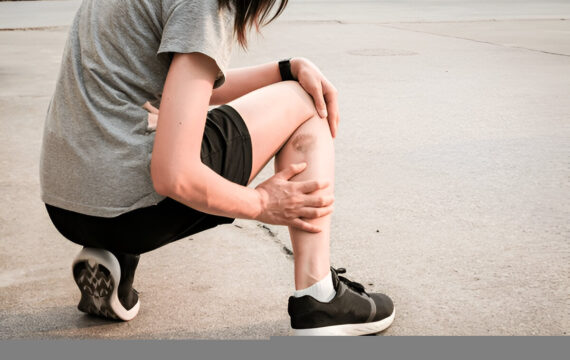Varicose veins are enlarged, twisted veins, usually in the legs, caused by weakened vein walls or faulty valves. They can lead to pain, discomfort, and other health issues, prompting many to seek treatment. This guide covers treatment options and the role of exercise in managing and preventing varicose veins.
Causes and Risk Factors
Common causes of varicose veins include genetics, aging, hormonal changes, pregnancy, obesity, and a sedentary lifestyle. These factors contribute to weakened vein walls, making it harder for blood to return to the heart, causing blood to pool in the veins.
Treatment Options
Conservative Management
- Compression Stockings: These improve blood flow and reduce symptoms like pain and swelling.
- Lifestyle Changes: Regular exercise, weight management, and a healthy diet support vein health and prevent worsening.
Minimally Invasive Treatments
- Sclerotherapy: An injection closes the vein, which fades over time.
- Laser Treatment: Effective for smaller veins, laser therapy uses light bursts to shrink veins.
- Endovenous Ablation: Radiofrequency or laser energy seals large veins using a catheter.
Surgical Options
- Vein Stripping and Ligation: Used for severe cases, this procedure removes large varicose veins.
- Ambulatory Phlebectomy: Surface veins are removed through small punctures, requiring minimal recovery.
Exercise for Varicose Veins Management
Exercise helps improve circulation, reduce symptoms, and strengthen muscles. Recommended activities include:
- Walking: Promotes blood flow without straining veins.
- Cycling and Swimming: Low-impact options that strengthen leg muscles and encourage circulation.
- Leg Lifts and Ankle Rotations: Improve circulation, especially for those sitting or standing long hours.
Avoid high-impact exercises like running or heavy weightlifting, which increase pressure on veins. Regular movement, stretching, and leg elevation after exercise further aid blood flow.
Conclusion
Exercise and proper treatment can help manage varicose veins, reducing discomfort and improving blood flow. Consult a healthcare provider for tailored advice on combining exercise with medical treatment options.




